Artistic Bird Study Art Lesson for Kids

An art lesson for kids inspired by Young Naturalist!
Objective:
Students learn about the early life of the famous ornithologist and artist John James Audubon, and create an artistic bird study.

Additional Books:
Audubon: Painter of Birds in the Wild Frontier
Jennifer Armstrong (Grades 2 – 5)
Into The Woods: John James Audubon Lives His Dream
Robert Burleigh (Grades 3 – 5)
John James Audubon: Wildlife Artist
Peter Anderson (Grades 4 and up)
John James Audubon
Margaret Ford Kieran (Grades 4 and up)
Grade level: 4 and up
Time required: 4-5 45 min class periods
John Audubon: Young Naturalist

by Miriam E. Mason, Illustrated by Cathy Morrison
John Audubon: Young Naturalist is a wonderful narrative that captures the early bird loving passion of John Audubon, the greatest American painter of birds. It tells the story of the artist’s childhood drawing birds based on his own scientific studies conducted while exploring in the fields and woods near his home in France.
In this lesson plan, students chose a bird of interest to research and create artwork from. They learn how to compose a strong layout using the basic elements of visual design.Materials:
Faber-Castell Drawing and Sketching Kit
Faber-Castell Connector Paint Box
Faber-Castell 24 Grip Colored EcoPencils
Medium soft, round paintbrush
Vocabulary:
ornithologist, habitat, layout, balance, contrast, focal point, body copy, wash, elements, typography, rag, tissue overlay, indicating, enhance
National Core Art Standards—Visual
Creating
Anchor Standard #1: Generate and conceptualize artistic ideas and work Anchor Standard #3: Refine and complete artistic work
Presenting
Anchor Standard #5: Develop and refine artistic techniques and work for presentation
Responding
Anchor Standard #8: Interpret intent and meaning in artistic work

Begin by having students choose a bird of interest for their project. They will need to do some research on this, choosing a bird that is visually appealing and has some fun and interesting habits to draw and describe.
Next, show students how to begin by designing a rough layout on tissue paper or basic sketch paper for their project. This is the basic map of how to position all of the elements for an interesting piece of art.
Show students how to begin by doing a loose sketch of the bird in the center of the paper, larger then the other images– this is the focal point of the layout, and will be later done in color. Students then make smaller sketches around the focal point, of interesting things that they have researched about their bird; nesting habits, behaviors, etc.
Have them consider space for the amount of body copy as well, indicating it loosely as shown.
This rough layout can all be drawn very loosely but thoughtfully, and used as a point of reference throughout the project.

1. Begin by having students redraw just the center focal point bird into position onto the watercolor paper. Here they will draw with more detail and accuracy.

2. Next, show how to paint the bird with a light watery wash of base color. Let paint dry.

3. Continue by sketching in more detail and darker areas with graphite pencil. Enhance wash with more colored pencil detail. Add whatever additional color.

4. Finally, have students sketch in the habitat of their bird. Doing this in graphite pencil adds a nice contrast to the painted bird, allowing it to stand out more.

In this step, students sketch their smaller images into place onto the watercolor paper, carefully considering enough space for their copy. Encourage them to create clean simple sketches with a sharp pencil. Suggest practicing the sketch a bit on scrap paper before proceeding with the final drawing.

Typography refers to the style and appearance of any printed matter on the artwork. Here, we have the bird’s name and the body copy for each sketched image to address. Younger, less advanced students can simply just write their information directly onto the art. Older students may have the ability and interest to learn the following lettering methods.
For the bird’s name, show students how to rule out lightly drawn guidelines for their lettering. This is done by using a triangle aligned with the edge of the paper, ensuring that the lines are straight and even. If a triangle is not available, a ruler will do. Students then write their bird name in a sketchy manner with graphite pencil, so as to tie in with the rest of the art.

For the body copy, demonstrate how to rag their blocks of copy. This refers to the irregular or uneven margins, allowing the copy to form around the contours of the drawings. If time allows, show them how they can work out the body copy on a tissue overlay first as a guide, and then trace over it with the watercolor paper using a light table or bright window.

There should be quite a variety of interesting and beautiful artwork produced by your students worth sharing! Consider displaying this impressive project at your next open house.
Tip: Backing each student’s work on a piece of larger black paper with a 2 inch border all around is an attractive way to present their artwork for exhibition.
Download the entire lesson plan, here!


